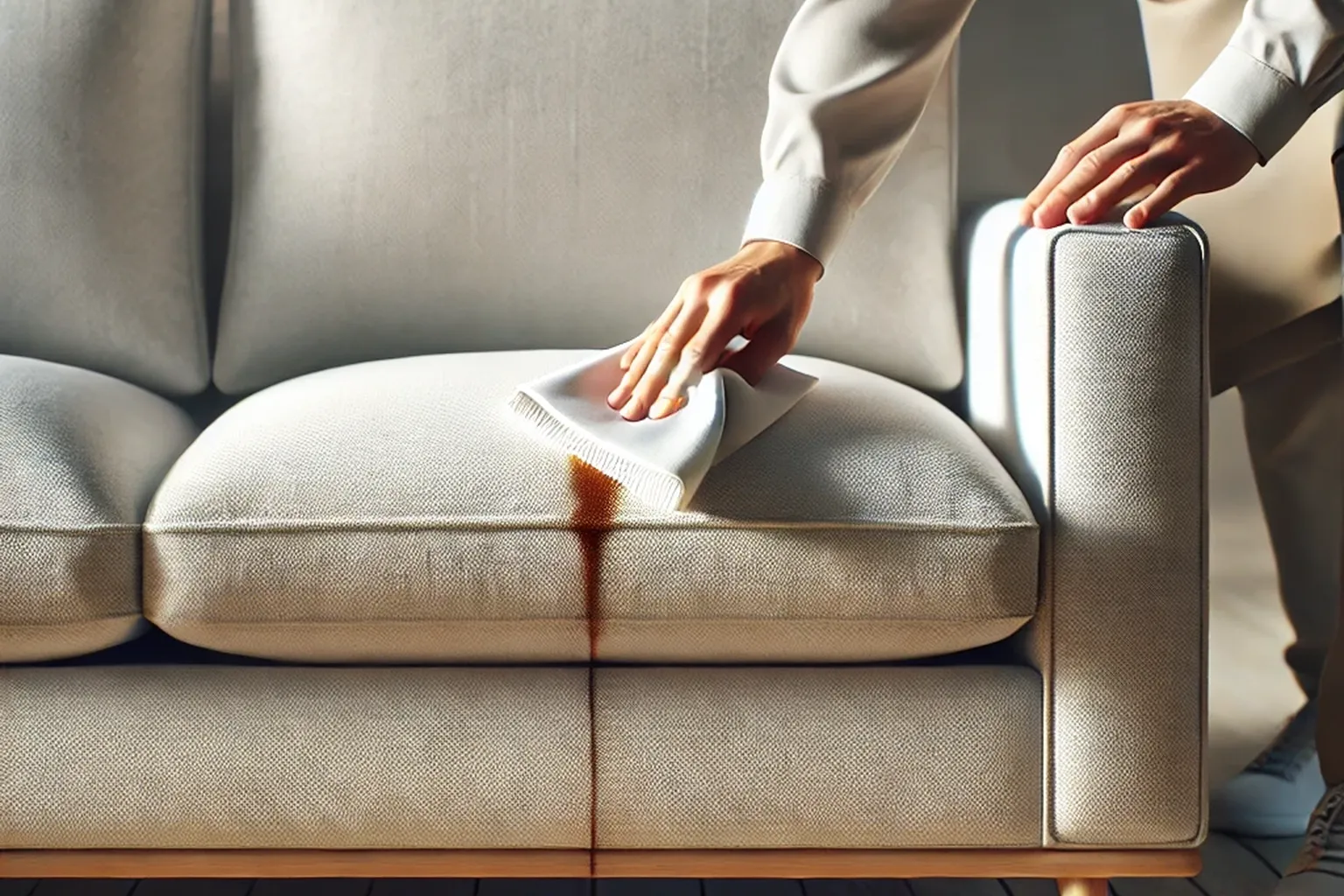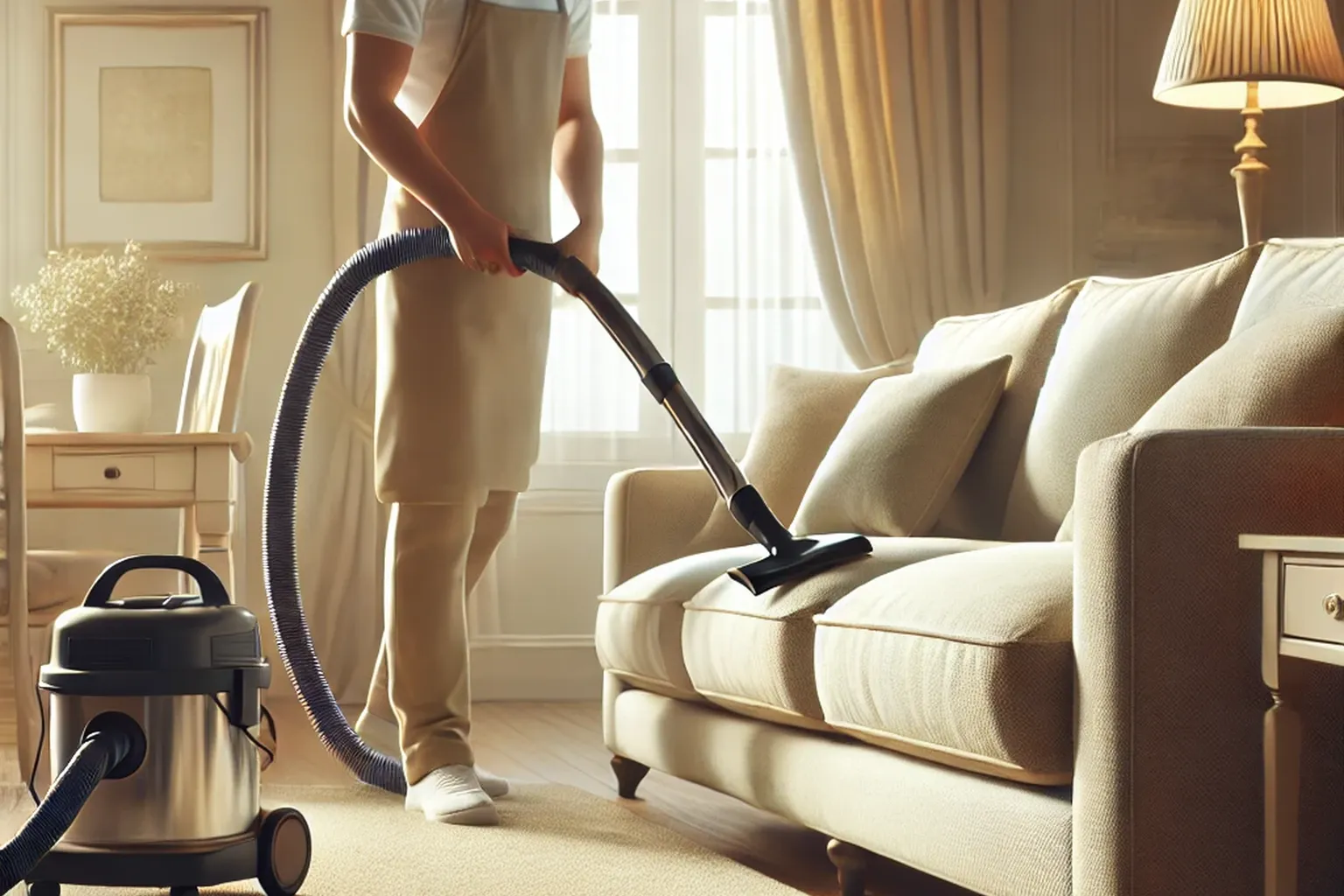How to Remove Stains from Upholstery – Tips for a Spotless Couch and Chairs
Learn effective techniques to remove stains from upholstery with our step-by-step guide. Discover natural methods for handling common stains and keeping furniture fresh.Likes
Recommends
Helpfuls

Why Upholstery Stain Removal is Essential
Upholstered furniture can add comfort and style to any room, but stains can quickly make it look worn and dirty. From spills to pet stains, keeping your upholstery clean extends its lifespan and enhances your home’s appearance. With the right techniques, you can tackle common stains effectively and keep your furniture looking fresh.
Step-by-Step Tips for Removing Stains from Upholstered Furniture
Step 1: Check the Fabric Care Label
Before starting any cleaning process, check the care label on your furniture. Most upholstery will be labeled with cleaning codes: “W” for water-based cleaners, “S” for solvent-based cleaners, “WS” for either, and “X” for vacuuming only. Follow these guidelines to avoid damaging the fabric.
Step 2: Blot Spills Immediately
For fresh spills, blot the area immediately with a clean cloth to absorb as much liquid as possible. Avoid rubbing, as this can push the stain deeper into the fabric. Blotting gently with a paper towel or cloth helps lift the liquid and prevents the stain from spreading.
Step 3: Use a Vinegar Solution for Water-Based Stains
For water-based stains like coffee, tea, or juice, mix equal parts white vinegar and water. Dampen a clean cloth in the solution and gently blot the stain. Follow with a cloth dampened in plain water to rinse, then blot with a dry towel. Vinegar helps break down the stain and is safe for most water-cleanable fabrics.
Step 4: Tackle Oil-Based Stains with Dish Soap
Oil-based stains like food grease or makeup require a mild dish soap solution. Mix a few drops of dish soap with warm water, then dip a cloth into the sudsy water and blot the stain. Rinse with a damp cloth and blot dry. Dish soap cuts through grease and removes the stain without harming upholstery.
Step 5: Use Baking Soda for Odors and Pet Stains
For pet stains or lingering odors, sprinkle baking soda over the affected area and let it sit for 15–20 minutes. Vacuum the area to remove the baking soda and any absorbed odor. For deeper stains, make a paste with baking soda and water, apply it to the stain, let it dry, and vacuum thoroughly.
Step 6: Tackle Ink Stains with Rubbing Alcohol
Ink stains can be tricky but are treatable with rubbing alcohol. Apply a small amount to a cotton ball and gently dab the ink stain. Blot with a clean cloth and repeat as needed. Avoid using too much rubbing alcohol, as it may affect some fabrics—test in an inconspicuous spot first.
Consider Professional Upholstery Cleaning for Tough Stains
If you’re struggling with stubborn stains or delicate fabrics, a professional cleaning service can help. Companies like VIMANS specialize in upholstery cleaning, ensuring safe and effective stain removal for a fresh, renewed look.
Final Thoughts
Keeping your upholstery free of stains is essential for a clean and inviting home. By following these tips, you can handle most common stains safely and effectively. For delicate or deep-set stains, professional services provide additional support, ensuring your furniture stays in pristine condition.

